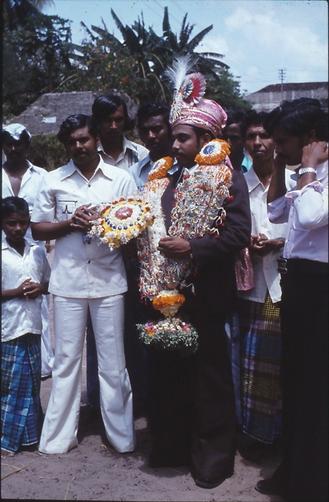Local Identities: Four histories of the village

Some of the physical and more focal points of collective identity will often be historical landmarks dating back to a significant event or period in history. Cognitively, a physical space will often be divided into discrete places in various ways, by different social groups. Certain points in this space, whether it be shared by several groups or exclusively used by only one group, can refer to landmarks of significance. I designate these landmarks as places and I shall demonstrate that being historical is a subjective quality of these places. In my paper, I shall demonstrate how, inside Tranquebar, or Tharangampadi as it is also called, specific places are maintained and how one social group’s mental map of the shared physical space is dominated by places that are different from those of other groups’ mental maps. Diverse historical facts are highlighted and make certain places in the village significant for no less than four groups, whose strategies for creating and maintaining places create four histories of the village. In my fieldwork based study in 2006, I settled for four categories or social groups and their relation to landmarks. These are: a group of volunteers named the Trankebar Association; a group of Christian Indians; a group of Muslims; and a group of Hindus. The latter three may each be divided into smaller groups based on the different Christian denominations, local and visiting Muslims and, not least, different Hindu castes or communities, whereas the first category, the Danish volunteer group, may rather be seen as simply representing an ethnic or national identity.
Grønseth, Kristian. (2014). “The four Histories of the Village: Landmarks and Historical Idenities”, in Esther Fihl and A. R. Venkatachalapathy (eds.), Beyond Tranquebar: Grappling across Cultural Borders in South India. Orient Blackswan.
